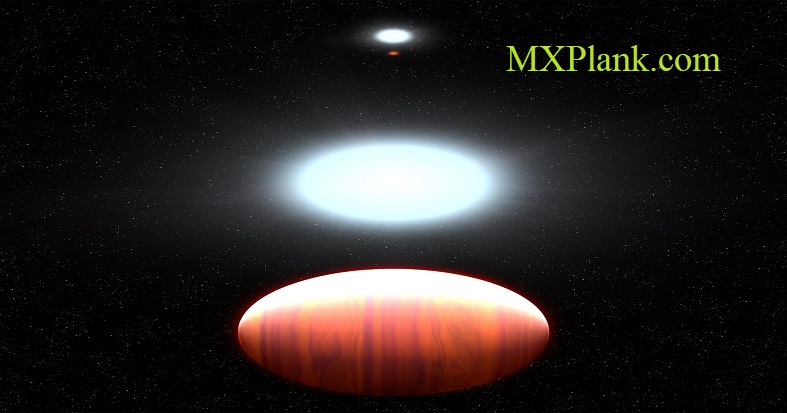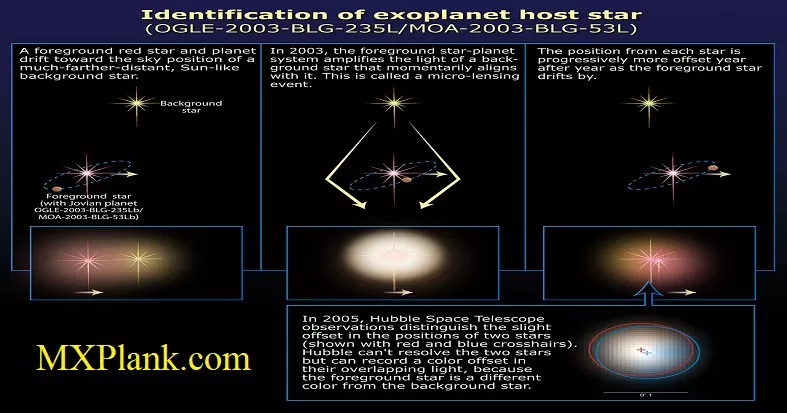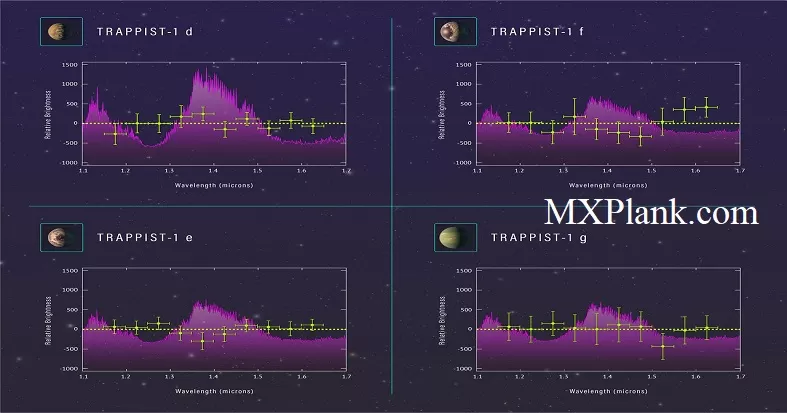Kepler-13Ab (artist’s impression)

This artist’s impression shows the seething hot planet Kepler-13Ab that circles very close to its host star, Kepler-13A. Seen in the background is the star's binary companion, Kepler-13B, and the third member of the multiple-star system is the orange dwarf star Kepler-13C.
The exoplanet is classified as a hot Jupiter but is actually six times more massive than Jupiter. Unlike chilly Jupiter, this exoplanet is one of the hottest known of the hot Jupiters, with a dayside temperature of more than 2700 °C. Another difference between Jupiter and Kepler-13Ab is that the exoplanet is so close to its star that it is tidally locked. One side keeps a permanent face to the star, and the other side is perpetually dark.
On the nighttime side the planet's immense gravity pulls down titanium oxide and precipitates as snow. Observations of the planet's atmospheric temperature profile made with the NASA/ESA Hubble Space Telescope represent the first time astronomers have detected this precipitation process, called a 'cold trap,' on an exoplanet. Without titanium oxide to absorb incoming starlight on the daytime side, the atmospheric temperature grows colder with increasing altitude. Normally, titanium oxide in the atmospheres of hot Jupiters absorbs light and reradiates it as heat, making the atmosphere grow warmer at higher altitudes. The Kepler-13 system is 1730 light-years from Earth.
The research teams consists of Thomas Beatty, Ming Zhao, Jason Wright, and Ronald Gilliland (Pennsylvania State University, University Park), Nikku Madhusudhan (University of Cambridge, U.K.), Angelos Tsiaras (University College London, U.K.), and Avi Shporer and Heather Knutson (California Institute of Technology, Pasadena, California).
Links
NASA/ESA and The Hubble Heritage Team (STScI/AURA)






